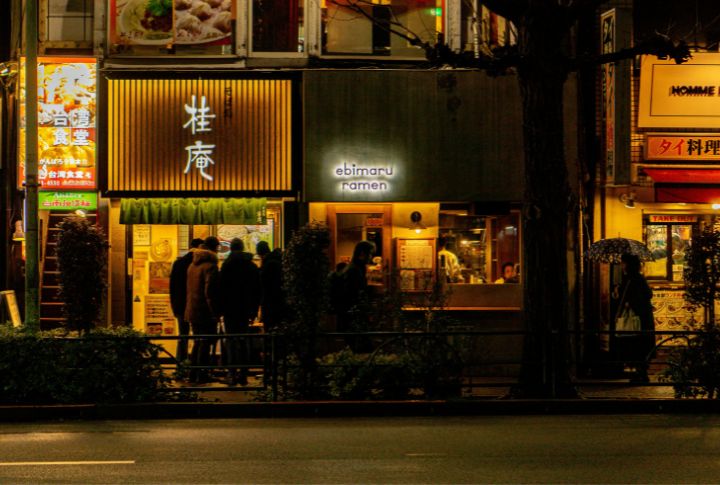
Strolling through Japan’s dining streets, you’d think each doorway led to an entirely different universe, and you wouldn’t be wrong. Each restaurant style follows its own unwritten culinary rules and cultural expectations. Want to find out about that rich structure? Coming up are ten different kinds of Japanese restaurants you’ll see (and admire).
Sushi-Ya
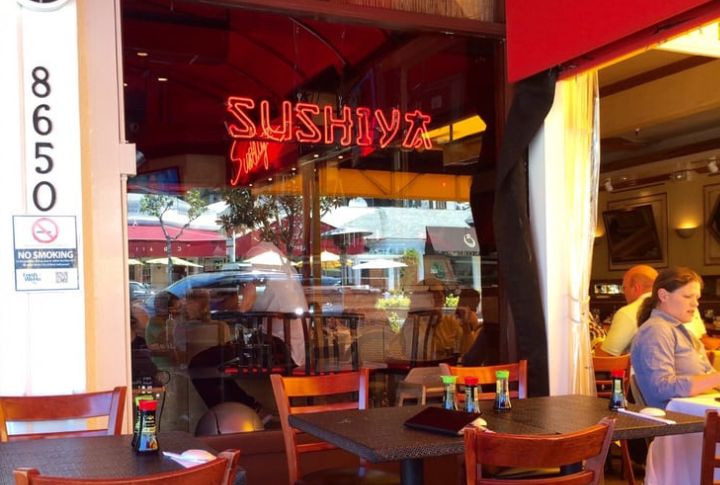
Inside a sushi-ya, each slice of fish is a performance in balance. Chefs master years of knife skills and rice technique, often working behind a minimalist counter. Don’t expect loud chatter because this space invites quiet admiration of craftsmanship, often ending with a subtle nod of thanks between diner and chef.
Kaiseki
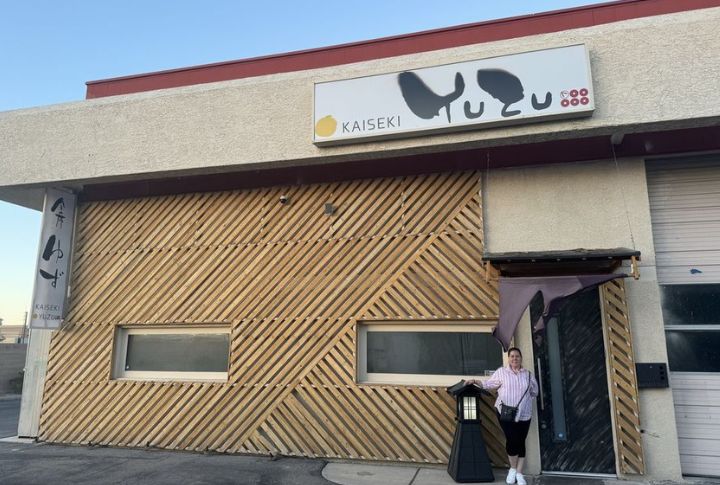
Kaiseki restaurants turn dining into a ceremonial experience. Courses unfold like poetry—delicate, seasonal. Chefs use locally foraged ingredients and rigid sequencing. More than dinner, it’s a narrative shaped by aesthetics and restraint. Expect quiet pacing and dishes that often resemble miniature gardens.
Ramen-Ya
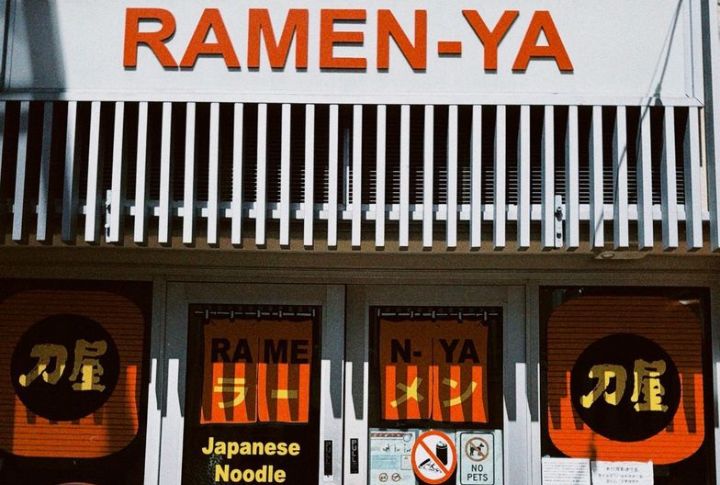
This noodle temple doesn’t serve just soup; it builds devotion. Each ramen-ya specializes in a regional broth, like Hokkaido miso or Kyushu tonkotsu. Customers slurp with gusto, seated elbow-to-elbow in narrow shops, where speed meets flavor in steaming ceramic bowls you’ll dream about later.
Yakiniku
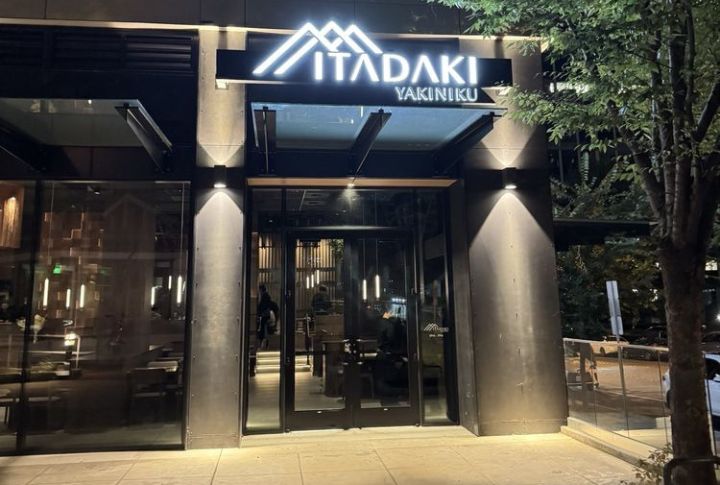
Yakiniku restaurants bring premium cuts to the table, but the grill is yours. Thin slices of marbled beef and pork arrive raw, ready for searing seconds. Originating from Korean-style barbecue, these spots don’t just emphasize aroma but interaction and timing. Diners savor control because every bite becomes a custom experience.
Tonkatsu-Ya
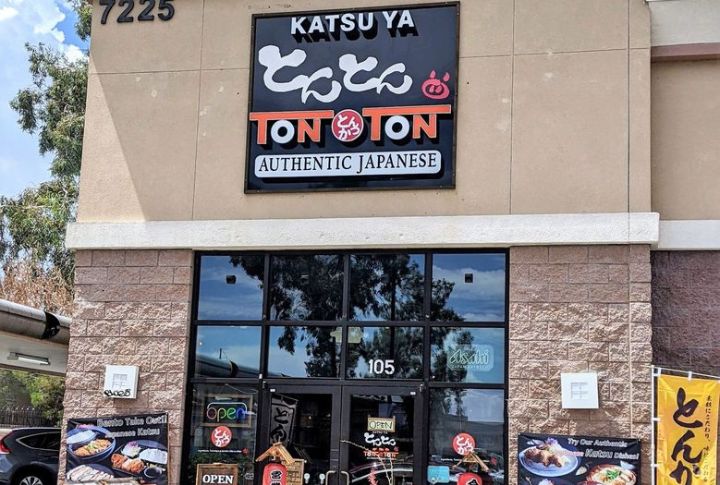
This crisp paradise centers on breaded pork cutlets, fried until golden perfection. A proper tonkatsu-ya slice of cutlets is like a fine steak, paired with shredded cabbage and served with tangy-sweet tonkatsu sauce on the side. Look out for efficient counters or that first audible crunch.
Izakaya
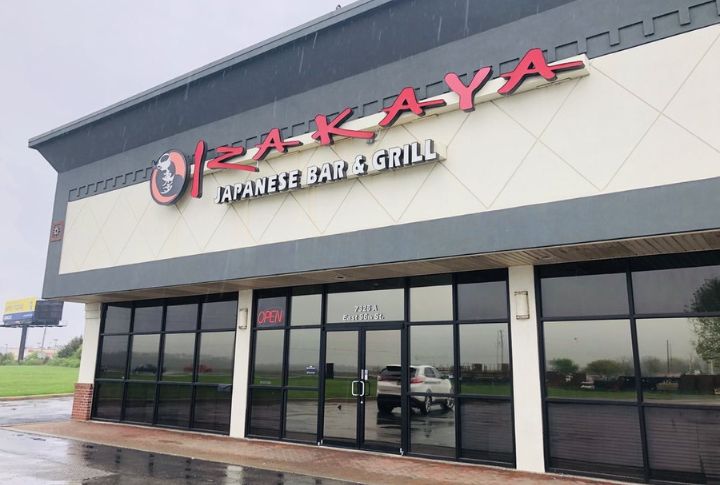
Walk into an izakaya, and the night begins. These lively joints dish out skewers with sashimi and beer in equal measure. Meant for lingering and laughter, they’re casual yet sacred spaces for unwinding. Expect handwritten menus and a chorus of “irasshaimase!” as you enter.
Okonomiyaki-Ya

With equal parts comfort food and a table-side theater-like experience, these spots sling savory pancakes packed with cabbage, meat, and noodles. Some let you flip your own on iron griddles, while others do the heavy lifting for you. Toppings include squid to bonito flakes that move like they’re alive.
Soba-Ya
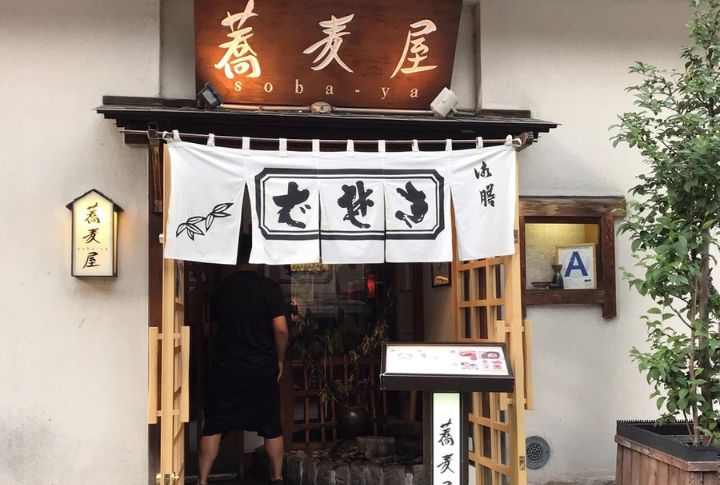
Soba shops draw in patrons with hand-cut buckwheat noodles, served hot in broth or cold with dipping sauce. The vibe is often subdued, featuring minimalist decor and natural lighting. Diners seeking a unique texture and subtlety find their match here, with wasabi and scallions providing a supporting role.
Tempura-Ya
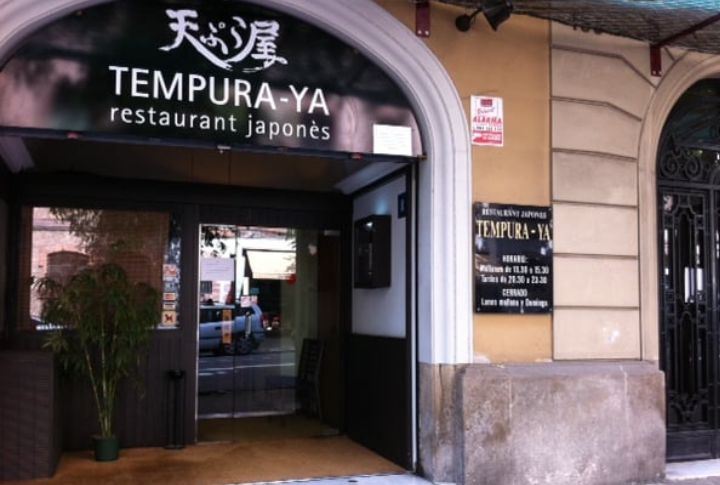
Dedicated entirely to deep-fried perfection, tempura-ya turns seafood and vegetables into golden, airy bites. Unlike greasy fried fare, Japanese tempura maintains a lightly battered elegance with precise oil temperature and immediate servings. Often eaten with grated daikon and tentsuyu sauce, the crispness of the food is a treat.
Shabu-Shabu
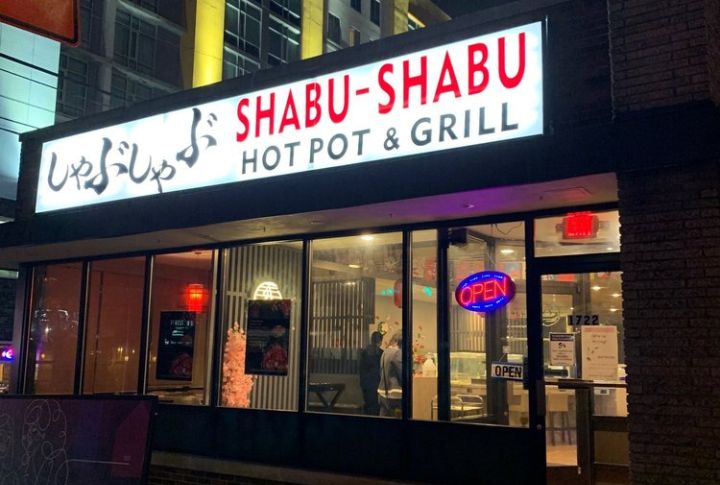
This communal hot pot experience gets its name from the “swish-swish” sound of thin beef slices in bubbling broth. Shabu-shabu spots bring you raw ingredients and boiling pots; then, it’s up to you. Cook before you dip in sesame or ponzu sauce to build your bowl, one swirl at a time.
Leave a comment